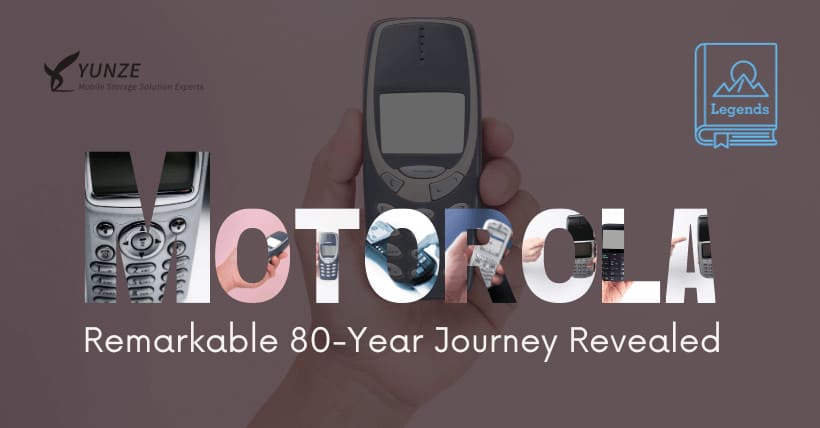
“Hello Moto” is a classic slogan from Motorola’s mobile phone advertisements. Whose DNA was stirred when this slogan was first introduced?
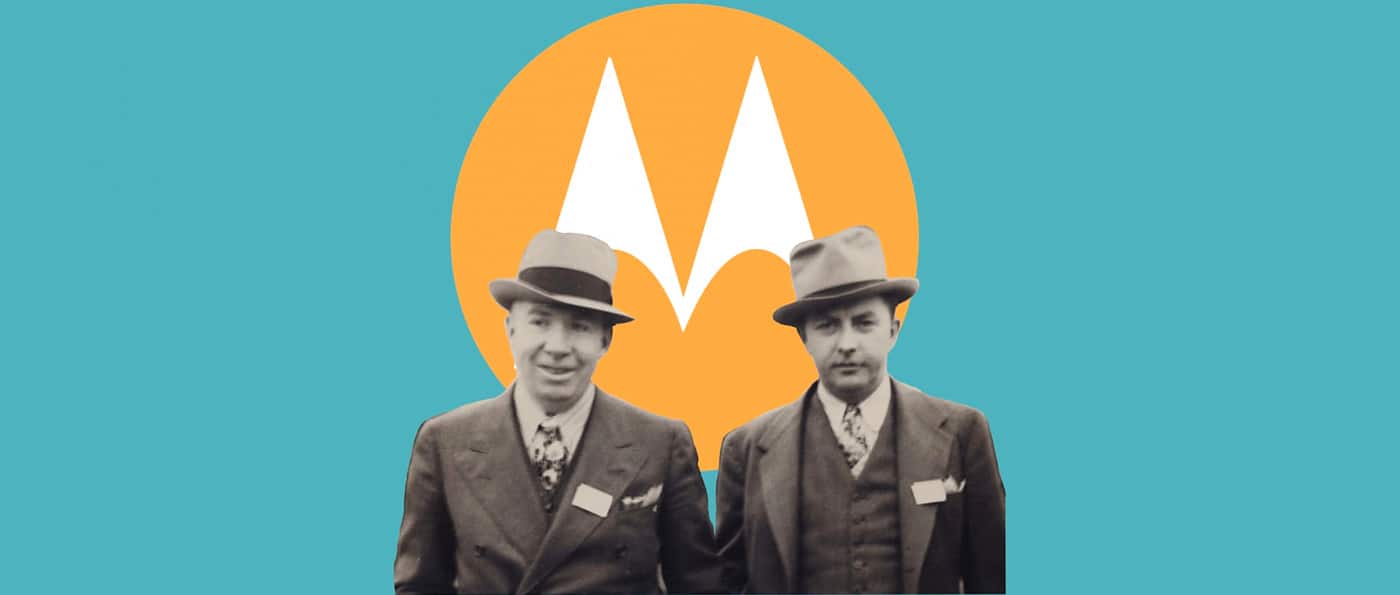
Once, Motorola, a dominant force in wireless communications, pioneered numerous industry firsts:
- In 1943, they invented the first handheld two-way radio.
- 1956 saw the launch of the first pager.
- In 1973, they introduced the first mobile phone, “the brick.”
- In 1984, Motorola released the first commercial mobile phone, DynaTAC 8000X.
- The late 1990s brought their first smartphone, the A688, and more.
As a former industry giant that once rivaled Nokia, Motorola, in addition to its mobile phone business, was also one of the world’s earliest semiconductor companies. It gave birth to two globally renowned semiconductor giants—semiconductor manufacturer ON Semiconductor and major automotive chip supplier NXP Semiconductors (formerly Freescale, acquired by NXP).
01
Motor and Ola
Motorola was founded in Chicago, United States, in 1928 by the two brothers, Paul V. Galvin and Joseph E. Galvin.
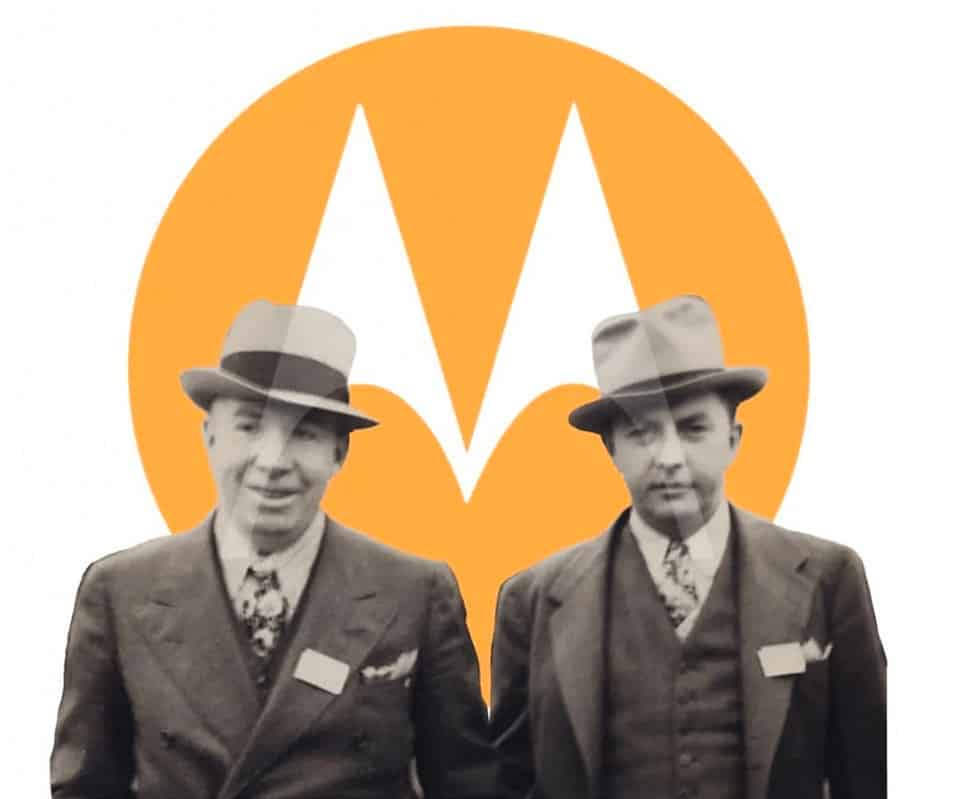
The company initially started as a battery manufacturer and was not called Motorola at the time. Instead, it was named after the two brothers:
Galvin Manufacturing Corporation
Their first product was a battery eliminator, a device that allowed battery-powered radios to be connected to AC power. This product was well-received in the market, and at that time, nearly two-thirds of American households used this equipment.

In 1930, Galvin Manufacturing Corporation decided to start selling a low-cost car radio called “Motorola.” The reason for adding “ola” after “motor” was due to the trend at the time of appending “ola” as a suffix to various products, similar to the well-known phonograph “Victrola.” This car radio became immensely popular, and soon, all newly manufactured cars were equipped with Motorola radios.
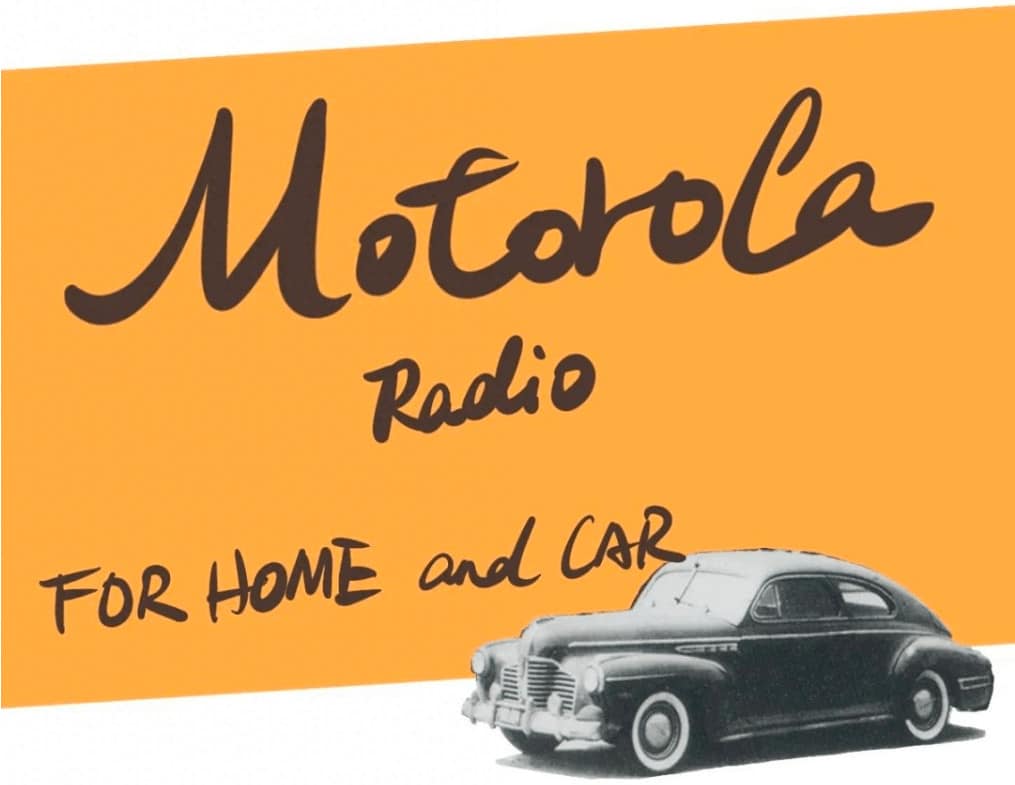
After the success of one product, the Galvin brothers gained confidence and continued to introduce multiple car radio products. These included a home desktop radio in 1937 and wireless communication equipment for the military in 1940. They weathered the Great Depression and navigated through wartime challenges. Finally, in 1943, the company went public and became a publicly traded entity.
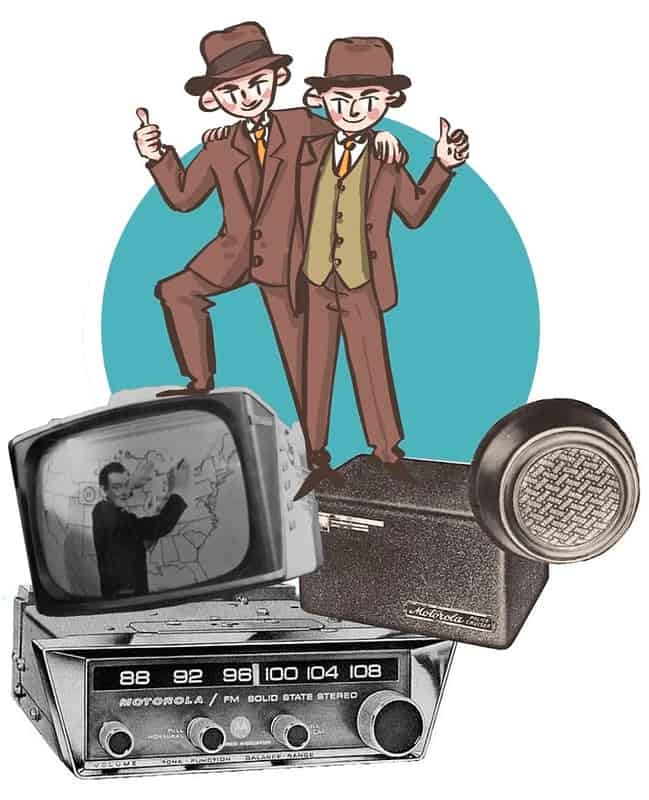
In 1947, Galvin Manufacturing Corporation officially changed its name to Motorola Corporation, a brand name that had already become deeply ingrained in the public consciousness. The company’s business expanded to include radios, wireless communication, home television, and even involvement in the United States’ aerospace programs.
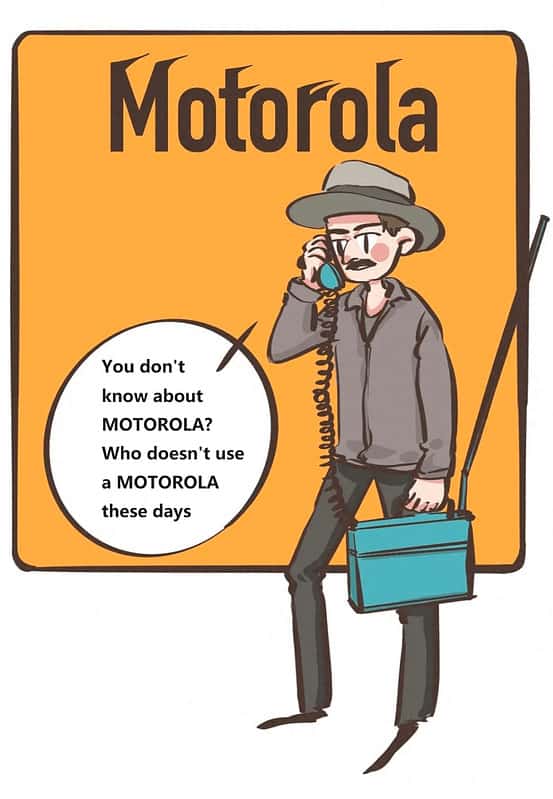
02
First Transistor
When Bell Labs developed the transistor, Motorola sought a design license to incorporate it into their radios. To facilitate this, they established a semiconductor products division in Arizona, dedicated to transistor production and research.
In 1958, Motorola introduced hybrid radios that featured both vacuum tubes and transistors, marking their entry into the electronics industry. They not only used transistors for their own products but also sold them to other manufacturers. However, it soon became apparent that supplying equipment to their competitors was not a sustainable strategy.
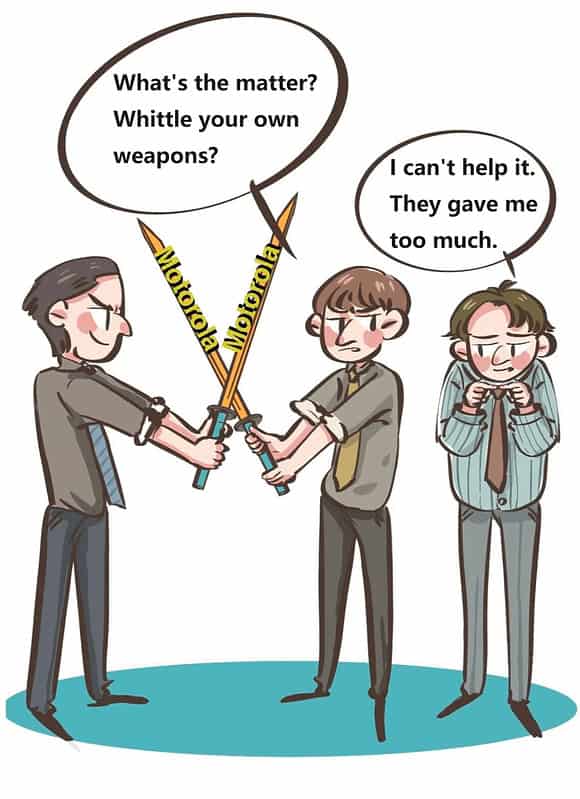
In the late 1950s and 1960s, Motorola went through a tumultuous period that nearly threatened the entire company. This era was marked by the founder’s passing and a relentless series of acquisitions that led to a complex and diversified business portfolio.
In the 1970s, Motorola initiated three crucial strategic adjustments:
- Expanding Business Overseas: Motorola diversified its operations by expanding into international markets.
- New Employee Management Policies and Phasing Out Consumer Product Lines: The company implemented new employee management policies and gradually phased out its consumer product lines.
- Transitioning to High-Tech Electronic Components: Motorola shifted its focus towards adopting high-tech electronic components.
03
Turning Points in History
In 1974, the company sold its Quasar television division to Panasonic (Matsushita Electric Industrial Co., Ltd.), effectively ending a significant portion of its historical consumer business. During the same year, Motorola introduced its first microprocessor, the 6800, followed by the popular MC680X0 series in the 1980s and 1990s. Many early computer products, such as the Apple Macintosh, SUN workstations, and Silicon Graphics computers, used Motorola’s processors during this time.
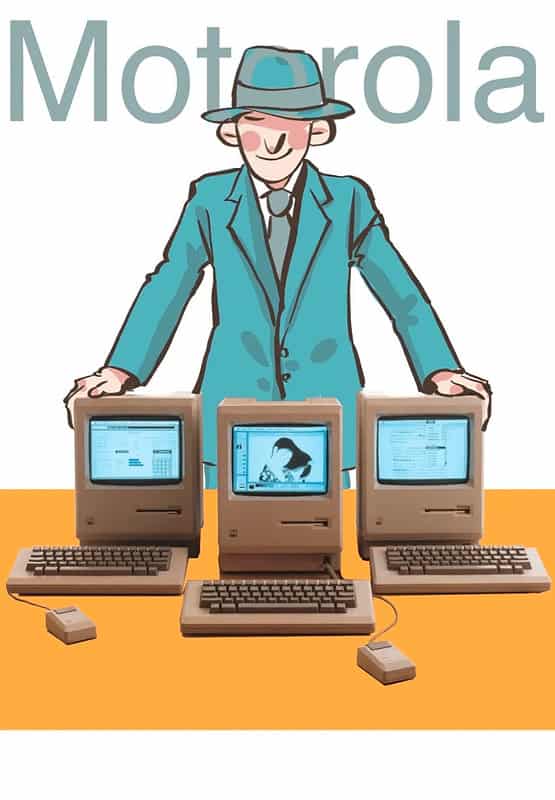
In 1992, Motorola, along with IBM and Apple Computer (now Apple Inc.), collaborated on the development of the first consumer-grade RISC microprocessor, the PowerPC, with the aim of challenging Intel’s dominance in the market. However, this effort did not ultimately succeed in displacing Intel’s position.
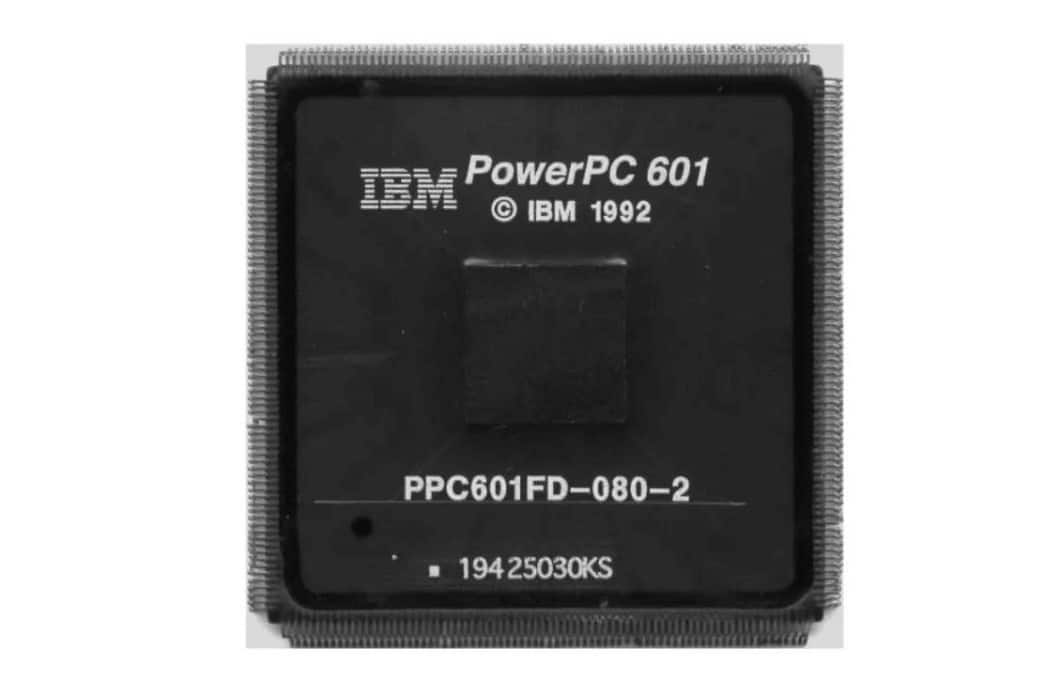
From a bird’s-eye view, the beginning of the 21st century marked the start of Motorola’s decline, and one of the pivotal turning points in rewriting the company’s destiny was the Iridium satellite phone system. In essence, the Iridium project was a massive financial investment that, due to exorbitant operational costs and insufficient user adoption, ultimately led to the downfall of the company.
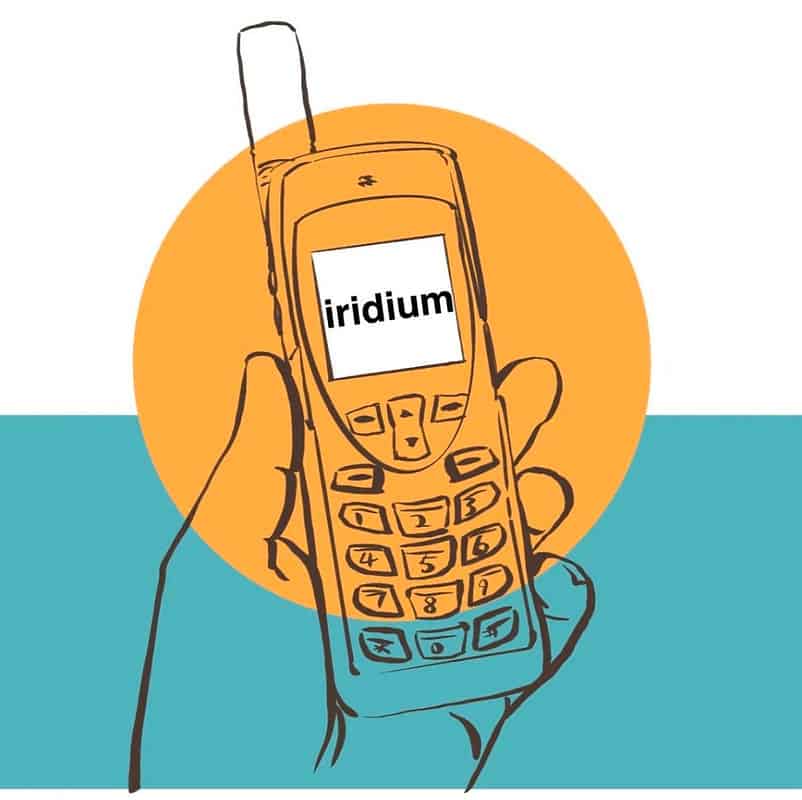
During the late 1990s economic downturn, coupled with a sharp decline in the company’s market share in the wireless phone industry, Motorola found itself compelled to undergo a series of bankruptcy restructurings. The first major move in this process was the spin-off of the company’s semiconductor component division in 1999, which later became ON Semiconductor, also known as ON Semiconductor.
In October 2004, Motorola once again divested its semiconductor products division, creating a new company called Freescale Semiconductor, Inc., which later became known as NXP Semiconductors.
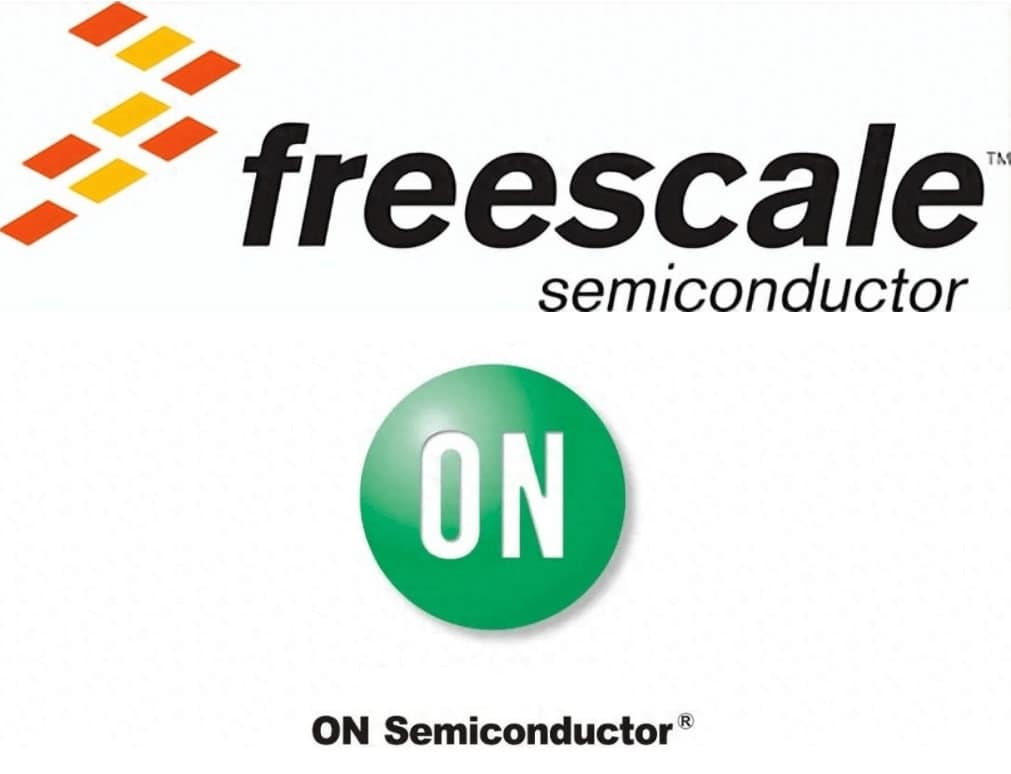
In February 2011, Motorola underwent its final separation, this time splitting into two entities: Motorola Mobility and Motorola Solutions. Rather than a traditional split, it was more of a divestment, with the less profitable part being separated. The true successor to the Motorola legacy was the former, Motorola Mobility, which was acquired by Google in the fall of 2011. Subsequently, Google sold Motorola Mobility to Lenovo in 2014 for $2.91 billion. This marked the end of Motorola’s history after more than 80 years in operation.
Recommended:
- Mouse Not Working? Learn Causes and Effective Fixes
- Mastering PCB Panelization: Top Techniques – YUNZE

Disclaimer: This article is created by the original author. The content of the article represents their personal opinions. Our reposting is for sharing and discussion purposes only and does not imply our endorsement or agreement. If you have any objections, please contact us through the provided channels.


